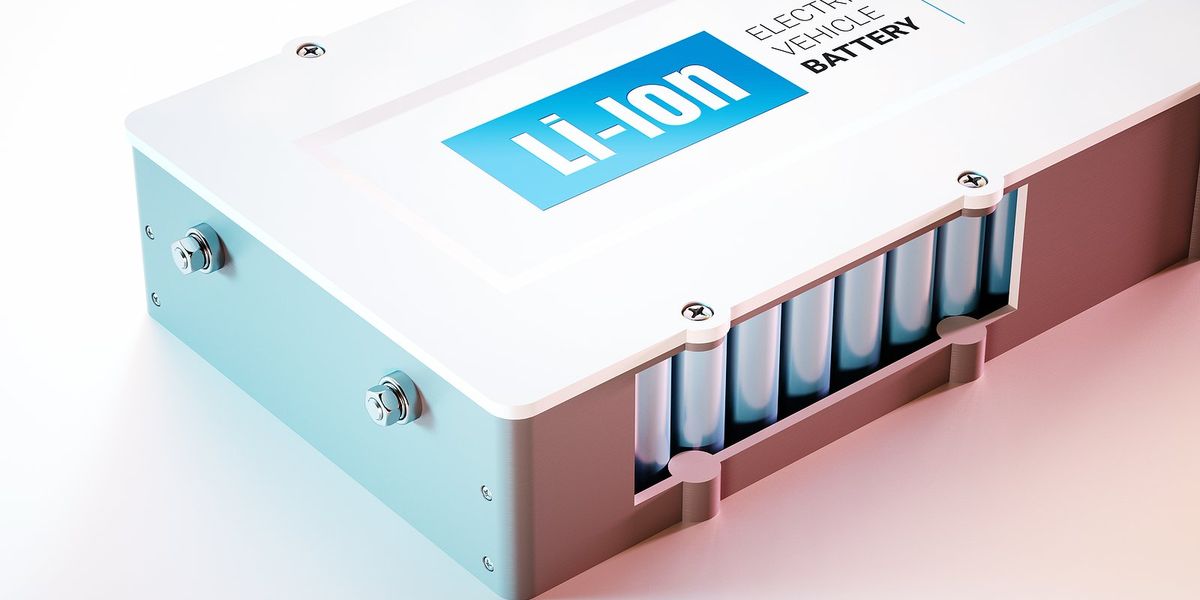
Futuristic ferries rise above the waves to offer faster, cleaner commutes
A new generation of electric hydrofoil ferries is cutting travel times and carbon emissions in Stockholm and could soon expand to major cities around the world.
Nicolás Rivero reports for The Washington Post.
In short:
- Swedish shipbuilder Candela’s electric P-12 ferry uses hydrofoils to glide above the water, reducing energy use and carbon emissions by 98% compared with diesel ferries.
- The ferry travels twice as fast as conventional boats and uses a battery roughly equivalent to three Tesla Cybertrucks, charging during midday lulls in commuter traffic.
- Cities like Lake Tahoe, Berlin, and Neom have already signed on, and Candela eyes expansion to congested coastal metros like New York and Mumbai.
Key quote:
“Electric ships won’t solve everything, but for short journeys they can significantly cut emissions and improve local air quality.”
— Valentin Simon, data analyst at Transport & Environment
Why this matters:
Maritime shipping contributes about 3% of global greenhouse gas emissions, with most of that coming from long-haul cargo ships that burn heavy fuel oil. But even smaller, local ferries release significant pollution in cities that already face air quality challenges. Electrifying ferries can help slash emissions and reduce exposure to diesel exhaust near ports and waterfront communities, where residents often bear the brunt of transportation pollution. However, to make a meaningful dent in global shipping emissions, industry and governments will have to tackle the far more complex task of decarbonizing ocean-crossing vessels.
Related: Ports pave the way for eco-friendly maritime travel














